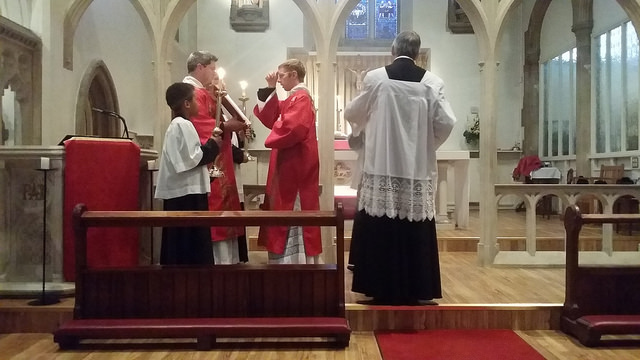Confraternity of Catholic Clergy Colloquium 2017

I am happy to pass on the following information concerning the forthcoming Colloquium of the Confraternity of Catholic Clergy. Unfortunately I will not be able to attend myself this time, but I pass on the notice with my support and recommendation. Booking is now open for the Autumn Colloquium of the Confraternity of Catholic Clergy, which this year takes place at the National Shrine of Our Lady of Walsingham, from Wednesday 15th till Thursday 16th November. Speakers include Bishop John Keenan of Paisley, Monsignor John Armitage (Rector of the Shrine at Walsingham) and Father John Saward. Full details are available on the Confraternity's website where you can also download the booking form. Attendance is limited to fully paid up members of the Confraternity, including new members (who can join by downloading the appropriate form from the website) Those wishing to attend should post the completed booking form, with your payment, to the Secretary at the address given. M...








